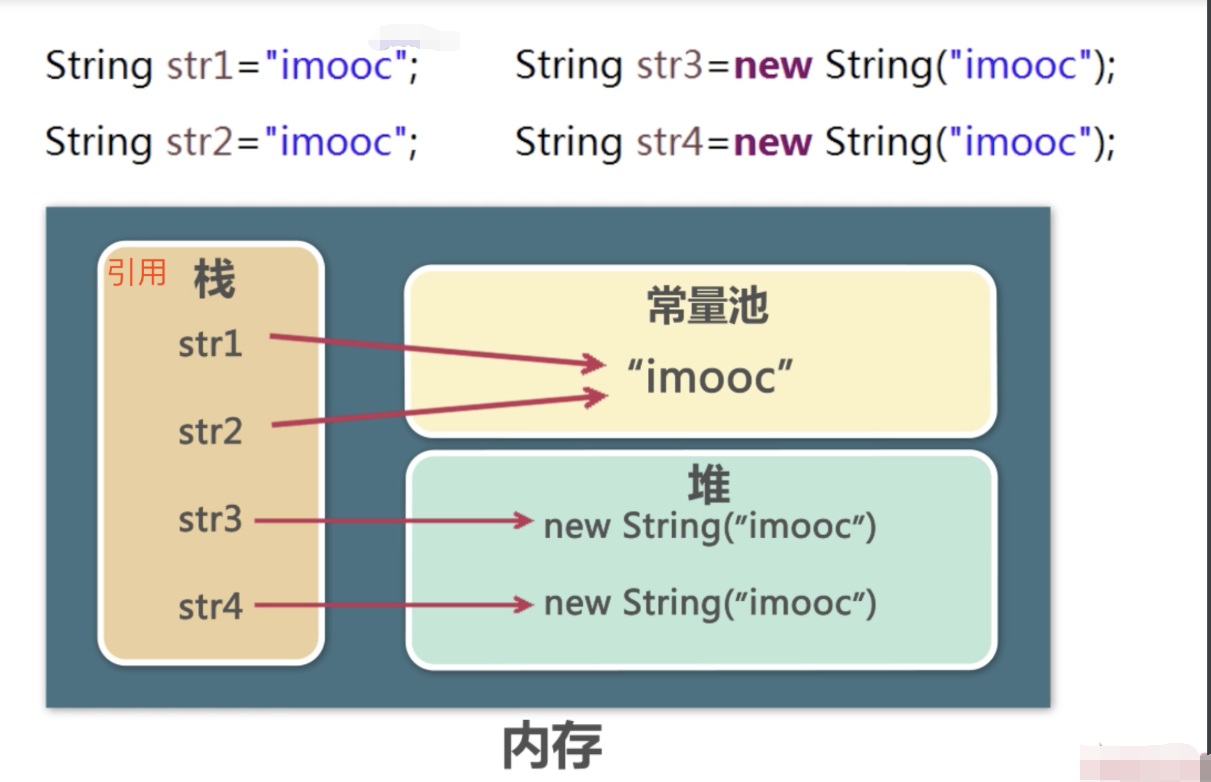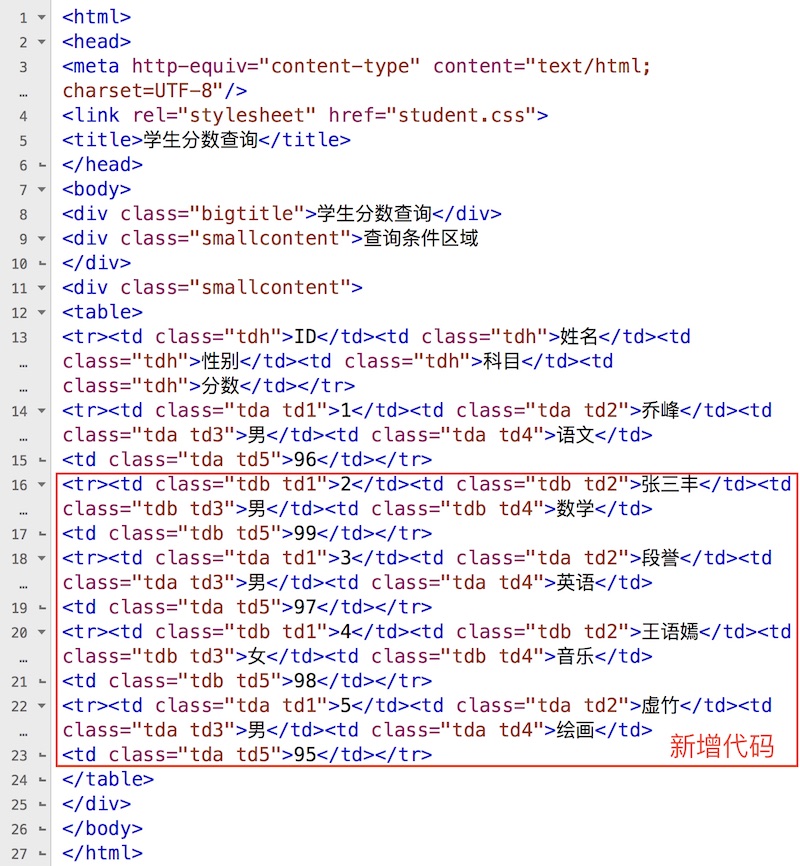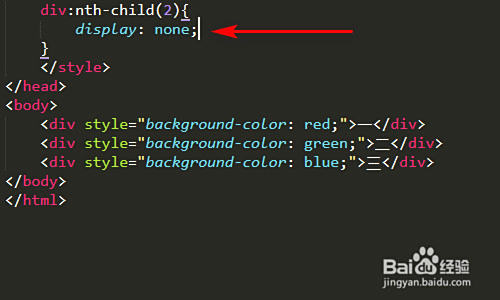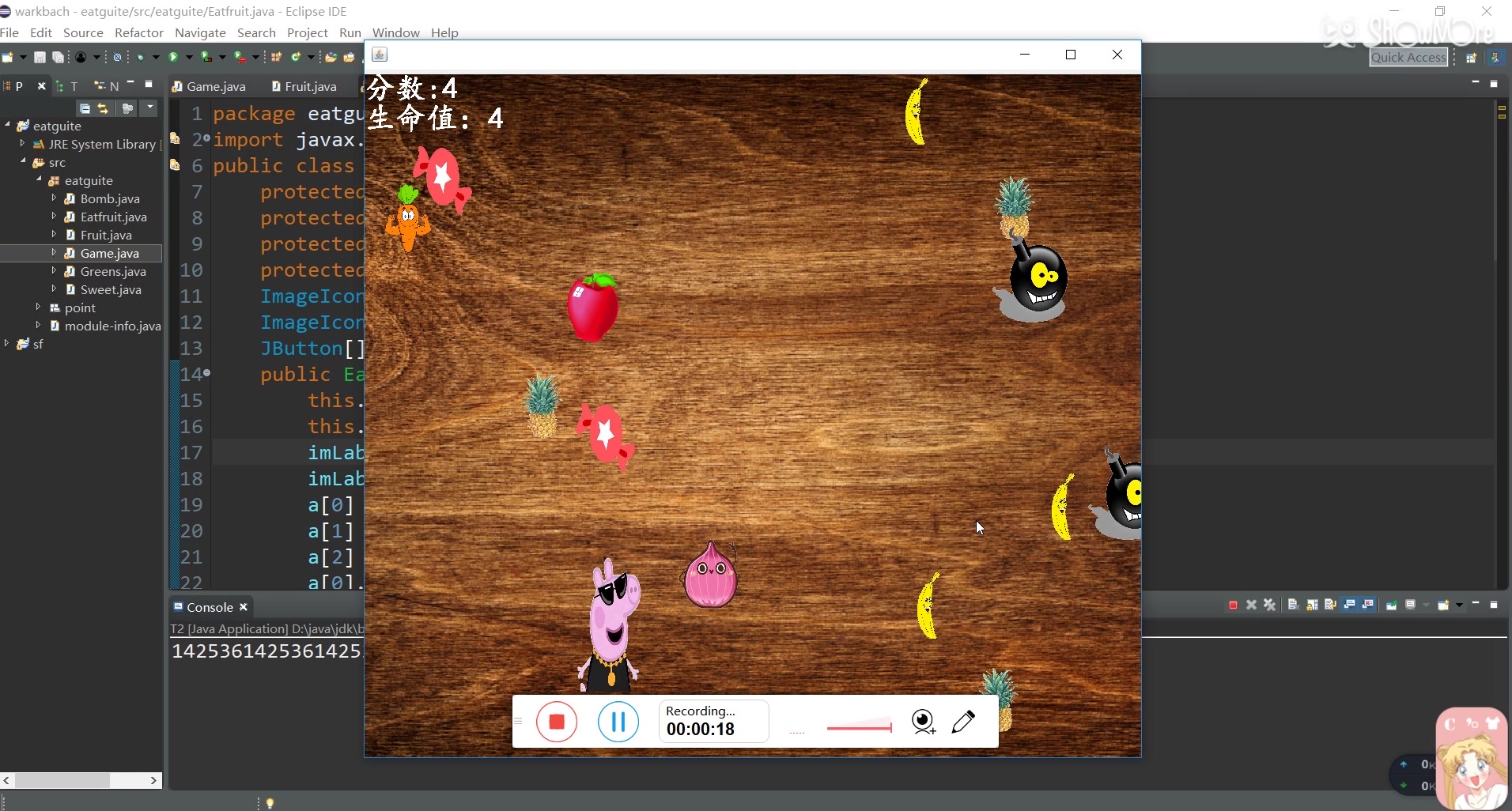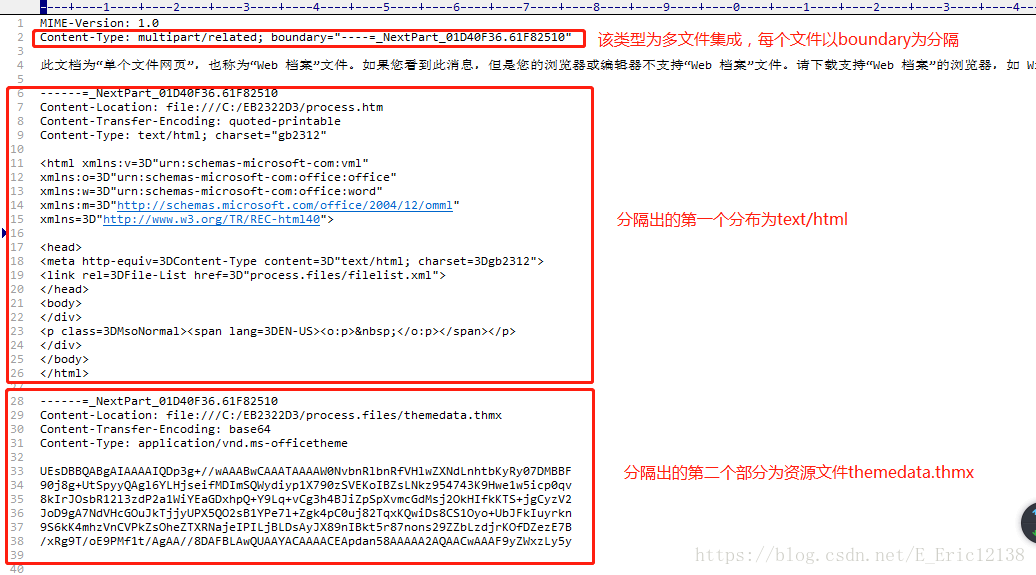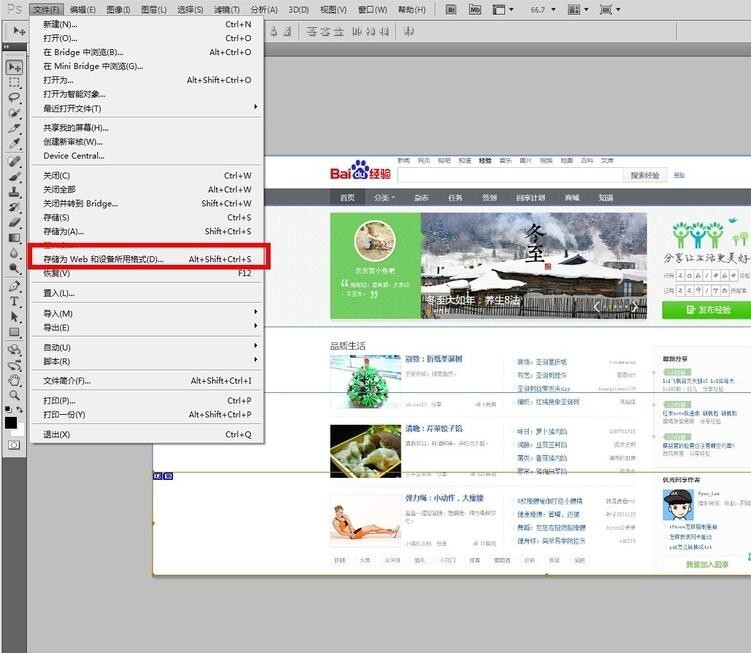java怎么输入string
- 后端开发
- 2025-07-29
- 2
Java中,可以使用
Scanner类来输入字符串。,“`java,Scanner scanner = new Scanner(System.in);,String input = scanner.nextLine();,
Java中,输入字符串(String)有多种方式,主要取决于你使用的输入来源和具体的应用场景,以下是几种常见的方法:
使用Scanner类从控制台输入
Scanner类是Java标准库中用于解析基本类型和字符串的简单文本扫描器,它通常用于从控制台读取输入。
示例代码:
import java.util.Scanner;
public class InputStringExample {
public static void main(String[] args) {
Scanner scanner = new Scanner(System.in);
System.out.print("请输入一个字符串: ");
String input = scanner.nextLine();
System.out.println("你输入的字符串是: " + input);
scanner.close();
}
}
说明:
Scanner对象通过System.in获取输入流。nextLine()方法读取用户输入的一整行,包括空格,直到遇到换行符。
使用BufferedReader和InputStreamReader从控制台输入
对于需要更高效或更灵活的输入操作,可以使用BufferedReader结合InputStreamReader。
示例代码:
import java.io.BufferedReader;
import java.io.IOException;
import java.io.InputStreamReader;
public class BufferedReaderExample {
public static void main(String[] args) {
BufferedReader reader = new BufferedReader(new InputStreamReader(System.in));
try {
System.out.print("请输入一个字符串: ");
String input = reader.readLine();
System.out.println("你输入的字符串是: " + input);
} catch (IOException e) {
e.printStackTrace();
}
}
}
说明:
BufferedReader提供了缓冲功能,适合读取大量数据。readLine()方法与Scanner的nextLine()类似,但在某些情况下性能更好。
从文件读取字符串
如果需要从文件中读取字符串,可以使用FileReader或BufferedReader结合FileReader。
示例代码:
import java.io.BufferedReader;
import java.io.FileReader;
import java.io.IOException;
public class FileInputExample {
public static void main(String[] args) {
String filePath = "path/to/your/file.txt";
BufferedReader reader = null;
try {
reader = new BufferedReader(new FileReader(filePath));
String line;
while ((line = reader.readLine()) != null) {
System.out.println(line);
}
} catch (IOException e) {
e.printStackTrace();
} finally {
try {
if (reader != null) {
reader.close();
}
} catch (IOException ex) {
ex.printStackTrace();
}
}
}
}
说明:
- 确保文件路径正确,并且程序有读取文件的权限。
readLine()方法逐行读取文件内容,直到文件末尾返回null。
从网络输入流读取字符串
在网络编程中,可能需要从网络输入流中读取字符串,可以使用BufferedReader结合InputStreamReader来处理。
示例代码:
import java.io.BufferedReader;
import java.io.IOException;
import java.io.InputStreamReader;
import java.net.Socket;
public class NetworkInputExample {
public static void main(String[] args) {
String hostname = "localhost";
int port = 8080;
Socket socket = null;
BufferedReader reader = null;
try {
socket = new Socket(hostname, port);
reader = new BufferedReader(new InputStreamReader(socket.getInputStream()));
String line;
while ((line = reader.readLine()) != null) {
System.out.println(line);
}
} catch (IOException e) {
e.printStackTrace();
} finally {
try {
if (reader != null) {
reader.close();
}
if (socket != null) {
socket.close();
}
} catch (IOException ex) {
ex.printStackTrace();
}
}
}
}
说明:
- 确保服务器在指定的主机名和端口上运行,并且可以建立连接。
- 处理网络异常和资源关闭非常重要,以防止资源泄漏。
使用图形用户界面(GUI)组件获取输入
在创建图形用户界面时,可以使用诸如JTextField等组件来获取用户输入的字符串。
示例代码(使用Swing):
import javax.swing.;
import java.awt.event.ActionEvent;
import java.awt.event.ActionListener;
public class GUIInputExample {
public static void main(String[] args) {
JFrame frame = new JFrame("输入字符串示例");
JTextField textField = new JTextField(20);
JButton button = new JButton("提交");
JLabel label = new JLabel("你输入的字符串是: ");
button.addActionListener(new ActionListener() {
@Override
public void actionPerformed(ActionEvent e) {
String input = textField.getText();
label.setText("你输入的字符串是: " + input);
}
});
frame.setLayout(new java.awt.FlowLayout());
frame.add(textField);
frame.add(button);
frame.add(label);
frame.setDefaultCloseOperation(JFrame.EXIT_ON_CLOSE);
frame.setSize(300, 120);
frame.setVisible(true);
}
}
说明:
- 使用Swing库创建简单的GUI界面。
JTextField用于接收用户输入,JButton触发事件,JLabel显示结果。- 需要处理线程安全和事件调度,确保界面响应流畅。
从命令行参数获取字符串
Java程序可以通过main方法的参数获取命令行传入的字符串。
示例代码:
public class CommandLineInputExample {
public static void main(String[] args) {
if (args.length > 0) {
String input = args[0];
System.out.println("从命令行传入的字符串是: " + input);
} else {
System.out.println("没有接收到命令行参数。");
}
}
}
说明:
- 编译后,可以在运行时通过命令行传递参数,
java CommandLineInputExample HelloWorld args数组包含所有命令行参数,索引从0开始。
使用Console类从控制台输入(适用于密码等敏感信息)
Console类提供了读取密码等敏感信息的方法,同时也能读取普通字符串。
示例代码:
import java.io.Console;
public class ConsoleInputExample {
public static void main(String[] args) {
Console console = System.console();
if (console == null) {
System.out.println("No console available");
return;
}
String input = console.readLine("请输入一个字符串: ");
System.out.println("你输入的字符串是: " + input);
}
}
说明:
Console类在某些环境下可能不可用,如IDE中的控制台。- 适用于需要隐藏输入(如密码)的场景,但对于普通字符串输入,
Scanner或BufferedReader更为常用。
FAQs(常见问题解答)
问题1:如何在Java中读取带有空格的字符串?
解答:
使用Scanner类的nextLine()方法或BufferedReader的readLine()方法都可以读取包含空格的整行字符串。
Scanner scanner = new Scanner(System.in); String input = scanner.nextLine(); // 读取整行,包括空格
或者:
BufferedReader reader = new BufferedReader(new InputStreamReader(System.in)); String input = reader.readLine(); // 同样读取整行,包括空格
避免使用Scanner的next()方法,因为它只会读取下一个标记(以空格分隔),无法获取包含空格的完整字符串。
问题2:如何判断用户是否输入了有效的字符串而不是直接按回车?
解答:
在读取输入后,可以检查字符串是否为空或仅包含空白字符,以下是使用Scanner的示例:
Scanner scanner = new Scanner(System.in);
System.out.print("请输入一个字符串: ");
String input = scanner.nextLine().trim(); // 去除首尾空白字符
if (input.isEmpty()) {
System.out.println("未输入有效的字符串。");
} else {
System.out.println("你输入的字符串是: " + input);
}
使用trim()方法可以去除输入字符串的前后空白字符,然后通过isEmpty()方法判断是否为空。
